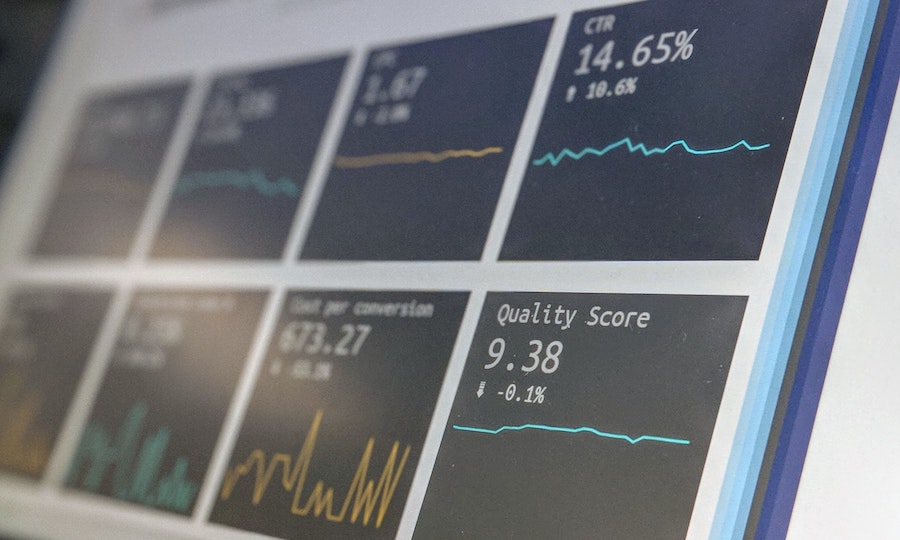In the era of the Internet, a website is one of a company’s most valuable assets. The usability and performance of a site can make or break a business’s image. What many business owners don’t realize is just how crucial the performance of their website really is. If a website’s performance isn’t up to par, profits and customers will both be lost along the way. How do you ensure that your website’s performance is properly maintained and your image and profits are kept intact? Here are some tips to help you along the way.
What Impacts Your Website’s Performance?
There are a number of factors that impact the performance and availability of your website. Website downtime is one of a website owner’s primary concerns. Other factors also contribute to performance, however, such as how long it takes pages to load, the optimization of the site, caching of content and the use of a reliable website monitoring service.

How to Ensure Proper Website Performance:
When addressing the performance of your website, the first thing you need to do is ensure that the site is properly optimized for a user-friendly experience. Nothing frustrates a customer more than pages that take minutes to load rather than seconds or pages that time out when a user is trying to access them. When optimizing your website it is important to compress the graphics and avoid complicated scripts that interfere with the performance of the site.
Use the Latest HTML:
There are different versions of HTML that have developed as the language has evolved. You want to make sure your site uses the latest version of HTML. Using the latest versions of HTML will make your site more reliable and will ensure that your site doesn’t go down due to programming errors or other design issues.
Cache Content Properly:
Another way to ensure your website’s performance is to properly cache your website’s content. This allows your site to perform more efficiently when users are searching for the same content on your site. When content is cached it is stored in an area on your server dedicated to cached content. This allows the content to load more quickly when a visitor wants to access it, thereby enhancing the user’s experience.
Utilize a Website Monitoring Service:
You can optimize your site, properly cache your website content and use the latest HTML in your site’s design, but if your website server isn’t up to par then you’re going to experience website downtime no matter what you do. Website downtime is a significant issue that has a serious impact on your site’s profits and reputation. How can you ensure that your site is not experiencing a high volume of website downtime?
The best way to ensure that your site isn’t experiencing an unacceptable amount of downtime is to utilize a website monitoring service. A website monitoring service will provide you with notifications when your website does go down so you can address the issue immediately. If you find that your web host is the problem, it may mean upgrading to a better hosting plan that can handle the needs of your site or moving your website to a new web host altogether.
The only way to know for sure if your website is experiencing a higher volume of downtime than it should be is through the use of a website monitoring service. Manually monitoring your site is nearly impossible so these services are essential to the success of your business.
Continually Updating Your Site:
As technology evolves and programming languages change, so will the needs of your site. Make sure you update your website regularly to ensure that it is equipped with the latest HTML and the most efficient scripting available. You’ll also want to monitor your site’s bandwidth usage if you do not have a hosting plan with unlimited bandwidth. The last thing you want is for your site to go down because it ran out of the bandwidth that your plan allocates. If you notice your bandwidth needs increasing, make sure to upgrade to a hosting plan that can accommodate those needs. You will also want to continue to use the services of a website monitoring service to ensure that future problems do not arise. Just because you take care of present issues with website downtime is not a guarantee that such problems will not arise again in the future. To ensure the future success of your site you need to continually monitor your site for website downtime and unacceptable uptime ratios.